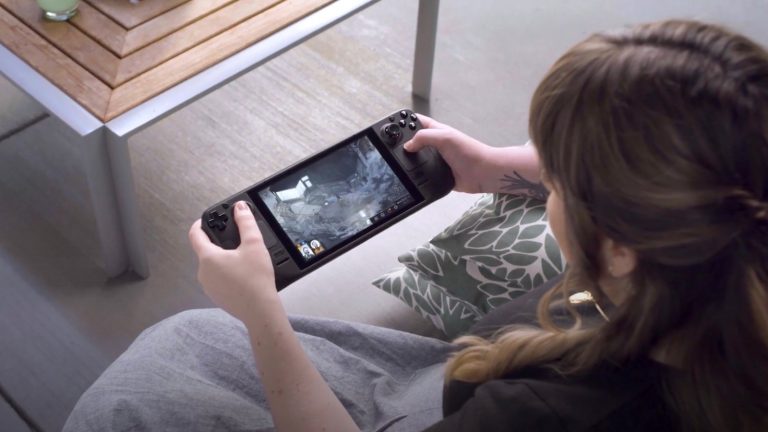
Right-click inside the window and click View > Large Icons. In this window, type ren * *.jpg and hit Enter. To change all the file extensions at once, open the folder you saved the files in and click File > Open command prompt > Open command prompt.Ī Command Prompt window with the file path to your files will open. You can do this individually (just click on a file and change its name to pic.jpg), or you can use the Command Prompt to change all the file extensions at once. To see the images, you will need to change the file extensions to. Some of these files are images - the Spotlight images you're looking for - and some are not. Open another folder - one that you can easily find again - and hit Ctrl + V to paste your copied files into this new folder.Ĥ.

Select all of these files and hit Ctrl + C to copy them.ģ. In the Assets folder, you'll see a bunch of files with long, not-very-user-friendly names. (You can also find this folder through simple click through navigation - C: > Users > AppData > Local > Packages > _cw5n1h2txyewy > LocalState > Assets - but you'll need to make hidden files visible.)Ģ. You can do this by pasting the following address into File Explorer's address bar: %LocalAppData%\Packages\_cw5n1h2txyewy\LocalState\Assets Open File Explorer and navigate to the Assets folder. There are easier ways to nab the Spotlight photos you love for your desktop background than finding the files on your PC, but if you really want to root around in the hidden files of your Assets folder, here's what to do:ġ.


#DONT HAVE ACCESS TO SAVE IN C WEB WALLPAPER WINDOWS 10#
Windows 10 is keeping your lock screen sexy with its curated, personalized slideshow of images in Windows Spotlight (assuming you have Windows Spotlight turned on), but what about your desktop background? You're probably wondering where you can find some of those pretty Spotlight images for personal use - after all, they must be stored on your device somewhere, right? On your computerĪs you might have guessed, Windows Spotlight photos are saved on your hard drive - they're just tricky to find.


 0 kommentar(er)
0 kommentar(er)
